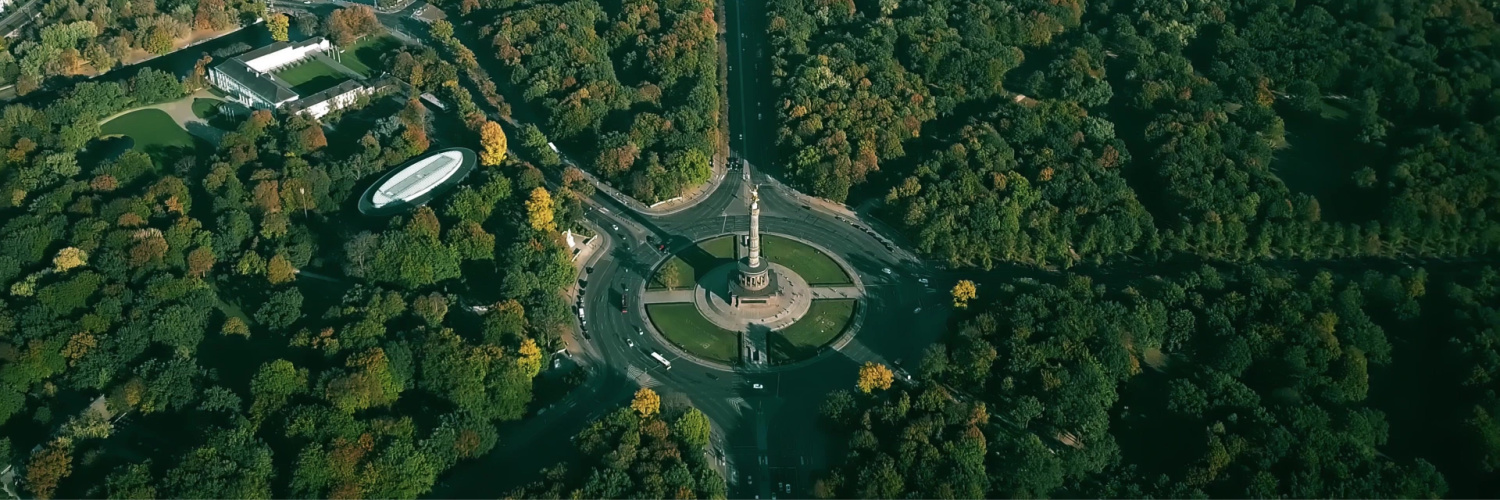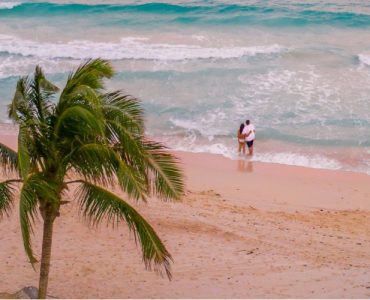Let’s discover the best parks in Berlin! Berlin is a very beautiful city in Germany, a place with a variety of amazing landmarks and sights. The best parks in Berlin were among these great landmarks.
Alongside its wonderful landmarks and tourist attractions, Berlin’s parks also act as a haven for those seeking refuge to unwind after a long day of exploring the city. The parks also provide a space to enjoy pleasant scenic walks and make for a great Berlin trip.
Contents
Furthermore, with Yolcu360 car rental options, you can rent a car all around the world and easily reach all of these parks, enjoying your holiday to the fullest.
The Gross Tiergarten

As soon as you enter this park, which is located in the heart of the city, you almost feel like you are leaving Berlin. The noise of the cars decreases, the population becomes less dense, calm appears almost automatically. This park is to Berlin what Central Park is to New York: a large natural area allowing the city to breathe. This green lung extends over 210 hectares, is accessible from several places in the city and has within it the Siegessäule, victory column.
The history of the Tiergarten dates back to the 17th century. Frederick I, prince-elector of Brandenburg and then king of Prussia, wanted to create a park for the people and chose a former hunting reserve as the site. Großer Tiergarten literally means “big animal garden” because there were actually many animal species there. Under the reign of Frederick II, the Tiergarten gradually began to look like the one Berliners love so much today. Inspired by the French style then modelled according to the English gardens, it will then be the landscaper Peter Joseph Lenné who will bring his art. He indeed designed these bucolic paths, on which there are small lakes, all giving an idyllic appearance to this large green space.
Volkspark Rehberge

This park is not very far from downtown Wedding, the silence, calm and vegetation are similar to rural landscapes and one could easily imagine oneself in a forest in the middle of the German countryside. This park was created between 1922 and 1929 and is located in the old forest of Rehberge which is north of Berlin. Originally, much of this forest had been cleared after the Second World War because the population was starving. The place then became a sand desert. More than 1200 people worked there to renovate it.
Today spread over 78 hectares, there are woods, meadows, hills, small lakes, a large playground, sports fields and a stadium. In addition, the green area has an open-air cinema and is close to Lake Plötzensee: plenty to have fun in the warm seasons. In winter, when it snows, it is possible to toboggan there. Finally, in autumn, the leaves are warm in colour, the bodies of water and the ground are covered with them, it is a real paradise for lovers of this time of year. This park therefore adapts perfectly to the Berlin seasons, to the delight of the inhabitants of the capital.
Mauerpark

Located in the former no man’s land, this space has risen from its ashes because it is one of the busiest and most popular parks in Berlin. When the weekends are long and the weather is good, the ideal place to go is the Mauerpark. A huge flea market, karaoke sessions, basketball players, petanque players, singers, dancers, street artists, graffiti artists follow one another in this 15-hectare space. Everyone finds their happiness there, whether young or old.
Located between Prenzlauer Berg and Wedding, this park was used in 1961 as a border between these two former districts, but especially between West Berlin and East Berlin. Its name was therefore given to it for this historical reason, “Mauer” meaning “wall”. Previously, this place served as a parade ground for the regiment of the Emperor Alexander at the beginning of the 19th century, then it became agricultural land. Like the Tiergarten, during the riots in 1848, the Mauerpark also served as a meeting place for protesters. A crowd of 20,000 workers demonstrated there against the King of Prussia. Today, the park is synonymous with relaxation but also with popular culture because it is the inhabitants and the street artists who bring Mauerpark to life through their art.
Viktoriapark

When you climb the steps of the national memorial, this garden offers a breathtaking view of the Kreuzberg district. At the bottom of the steps is a huge magical waterfall, making you almost doubt that you are in Berlin. But we quickly remember that this waterfall is artificial and the view of the Kreuzberg district puts our feet on the ground. This garden is an ideal meeting point to watch the sunset while resting at the foot of the trees, in summer and winter alike. In addition, vines grow in the Viktoriapark and around 200 bottles of wine are produced every year!
With an area of 12 hectares, the Viktoriapark is located on the hill of Kreuzberg. The national monument seen on the hill was erected in 1821 on its summit by King Frederick William III of Prussia. It is a tribute to the liberation campaigns carried out against Napoleonic troops and this monument is inspired by Gothic cathedrals. The park was created according to the plans of Hermann Mächtig and then built between 1888 and 1894. In 1980, almost a century later and after having been ravaged by war and then rebuilt, the Viktoriapark was the first green space in Berlin to be fully classified historical monument.
Volkspark Friedrichschain

This park is a perfect place for an afternoon or weekend family walk. Although it is famous for being the ideal place in summer, it also offers many activities throughout the year. At the western entrance to the park, you can admire the “fairy tale fountain” around which fairy tale characters are sculpted. Paths in the centre of the park allow you to climb hills and once you reach the highest point, the view of part of Berlin is extraordinary. Under the hills are old bunkers, which makes the history of Volkspark Friedrichschain very interesting.
With an area of 52 hectares, it is one of the largest parks in the German capital. The Volkspark Friedrichshain has evolved a lot over time, but certain elements of the park like the “fountain of fairy tales” have survived the wars. The latter was created as a tribute to the children of Berlin at a time when rickets and typhoid affected many young people in the city. In addition, there are two bunkers built by the Nazis in this park.
Indeed, the Nazi regime used this green space a lot during the war, hence the numerous bombings that destroyed a large part of the garden. During the Cold War, the park was located on the Soviet side and saw a lot of renovations as well as the creation of an open-air cinema. The park also contains a cemetery, the Friedhof der Märzgefallenen, where 200 civilians who died during the battles of the March Revolution of 1848 are buried. 1989 in East Berlin by Japan, dedicated to unity against nuclear war.










Add comment